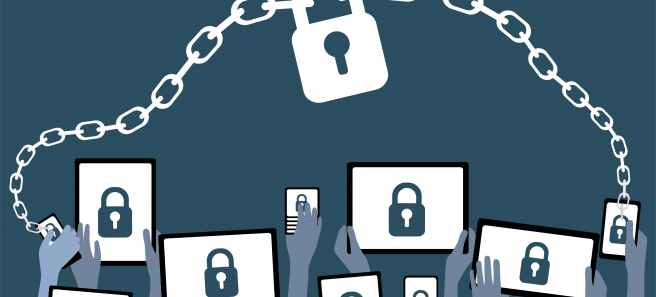Mobility management can be a difficult question for any employer. No matter if you manage a small team or a large corporation, it can be an overwhelming task to decide if you will take a more flexible device management approach, or follow a more secure path. In this article, we will dissect the pros and cons of two of the most popular ways to manage mobility - BYOD and COPE.
BYOD - Bring Your Own Device
"Bring Your Own Device" mobility management allows employees to use their personal devices for work purposes. This model has garnered a lot of support over the years by employees and businesses alike. A 2014 Garnter survey concluded 58.7% of employees own their own smartphones, 57.7% own their laptops and 33.1% own their tablets. In addition, research shows that by 2017, 50% of businesses will no longer provide devices to their employees, instead following the BYOD model of workers using their own devices.
The biggest pro to the BYOD model comes down to familiarity. This allows for more productivity and efficiency as employees are using devices they are accustomed to. They are well equipped with personal applications and documents, and know how to maneuver around their devices with ease and familiarity. The BYOD model also avoids users having to juggle between their work and personal devices.
Though BYOD allows for more flexibility for the employee, it also creases a number of problems for the employer. Most prominently, the BYOD approach blurs the lines between personal and professional usage. In addition, a heightened sense of concern arises over security and manageability of these devices. When an employee uses a device for work and personal use, there is an increased risk for lost or stolen devices to be carrying incredibly sensitive or confidential company data on them. The majority of company IT departments can only wipe 1 in 4 of these devices of any sensitive data remotely, if at all. Thus, legal issues arise if the stored data is used inappropriately by a third party.
COPE - Corporate Owned, Personally Enabled
On the other side of the spectrum is COPE - Corporate Owned, Personally Enabled. This is when a company owns and supplies its employees with their device. This model is more in favor with IT management, allowing the department to have higher control over resources and usage. Like BYOD, users are able to personalize their device with apps and documents, as well as access personal activities such as social media, email, calls, etc., but the company holds more control over the device. This control avoids the security issues BYOD creates by allowing an IT department to wipe or revoke access to a device in case of a security breach.
COPE also has the possibility to be more cost effective for employers. With BYOD, companies usually reimburse users for part (if not all) of their device costs. COPE can regulate these costs by having control over the devices available, as well as negotiate better corporate rate plans with wireless carriers.
What companies following the COPE model must look at is how they will manage financial details and usage policies. These areas can be managed by a well-equipped IT department that can monitor usage, while creating an environment where workers feel trusted with the resources provided to them. The most important aspect of the COPE model is that employers find a balance between managing their security concerns, while creating a flexible, understanding partnership with their employees.
What's the right choice for you?
|
BYOD |
COPE |
|
|
In summary, the BYOD and COPE mobility management models vary drastically. Their key difference is the management of an employee's personal vs work data on their device. In the end, companies must determine what is most important to them while developing a balance between security, information flow and employee satisfaction.
How is your workplace managing mobility? Join the discussion on Twitter, Facebook or Google Plus!

